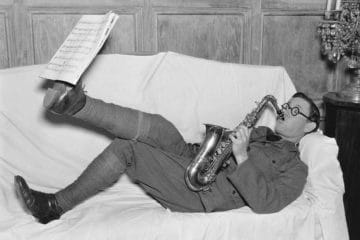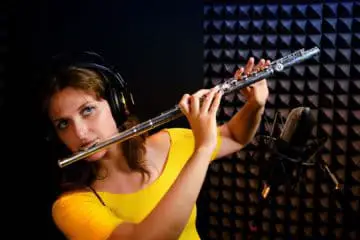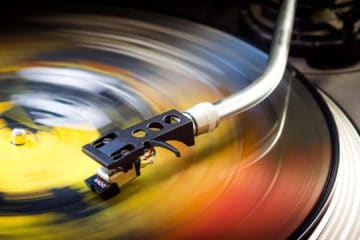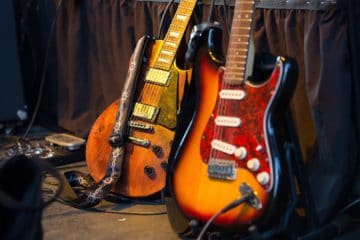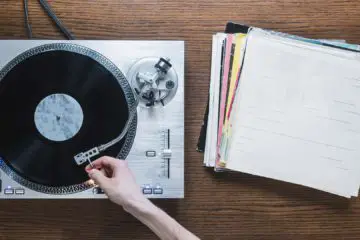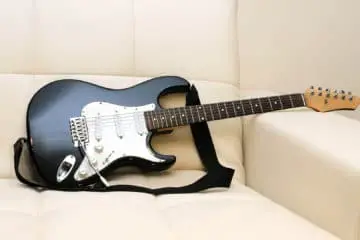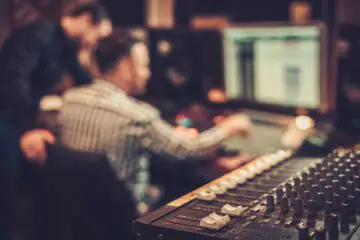The bass line is the backbone of almost every country music composition. It might not offer the glitz of a guitar solo or the glamor of the drums, but it is still noticeable when it is missing. You can tell a country song has a great bass line because it […]
Music
What’s the Strangest Music You’ve Ever Heard?
When you turn on the radio, there’s an expectation that the music you’ll hear is polished, mastered, and catchy. You expect something thought-provoking or relatable with a hook that makes you want to listen or sing along. Although the music that fits into popular genres is often profitable, it can […]
How Do You Record a Flute Solo?
The flute might be famous for solos thanks to movies like Anchorman: The Legend of Ron Burgundy, but it isn’t an easy instrument to record. Flutists produce unique sounds that can create some unfamiliar challenges for audio engineers. Not only are the notes often hollow and breathy, but they also […]
Do Picture Disc Vinyl Records Sound Worse?
Vinyl has lasting appeal because of its consistent qualities and visual aesthetics. It’s a canvas where musicians can deliver something incredible for your listening enjoyment with artwork that reinforces the message of the songs. Part of that process includes printing art directly onto the vinyl disc. It’s a tradition that […]
Adding a Bigsby on a Strat
Paul Bigsby once declared that he could build anything. When we made that statement, he went from building Crocker motorcycles to creating musical instruments. Bigsby was a foreman in the LA machine shop where Crocker motorcycles were built. He would eventually form a relationship with Merle Travis, who needed help […]
How Much to Charge for Album Cover Art?
You’ve just wrapped on the best music you’ve ever recorded. It’s going to be an epic album. How much should you expect to pay for the artwork that accompanies your work? You’re an artist looking for some new clients. Several bands are in the market to have some album covers […]
How Thick Is a Stratocaster Body?
The Fender Stratocaster (“Strat”) is an electric guitar that Leo Fender’s team designed between 1952 to 1954. That team included Freddie Tavares, George Fullerton, and Bill Carson. This electric guitar has been continuously manufactured since 1954, featuring a double cutaway design with an extended horn shape on the body for […]
Does VCV Rack Have Any Good Sample Players?
When you have a DAW to use at home, it can be lots of fun to experiment with your audio and mastering techniques. One option that many home musicians use with their recording software involves samples and loops. Since VCV Rack is a standalone-only choice, you don’t receive the integrated […]
Peavey T-60 Tone Circuit
Guitars were expensive in the 1970s. If you wanted to grab a Fender Stratocaster in 1977, the MSRP was just under $600. That puts the price of it at $2,400 when accounting for inflation. That investment got you an instrument with a neck pocket where you could fit at least […]
Mexican Martins: My Thoughts
Martin guitars are bulletproof instruments that can handle some intricate playing and the occasional impact without experiencing significant damage. Although many of them get made in the United States, many are manufactured or assembled in Mexico. When musicians compare a Mexican Martin to one built in the United States, they […]


